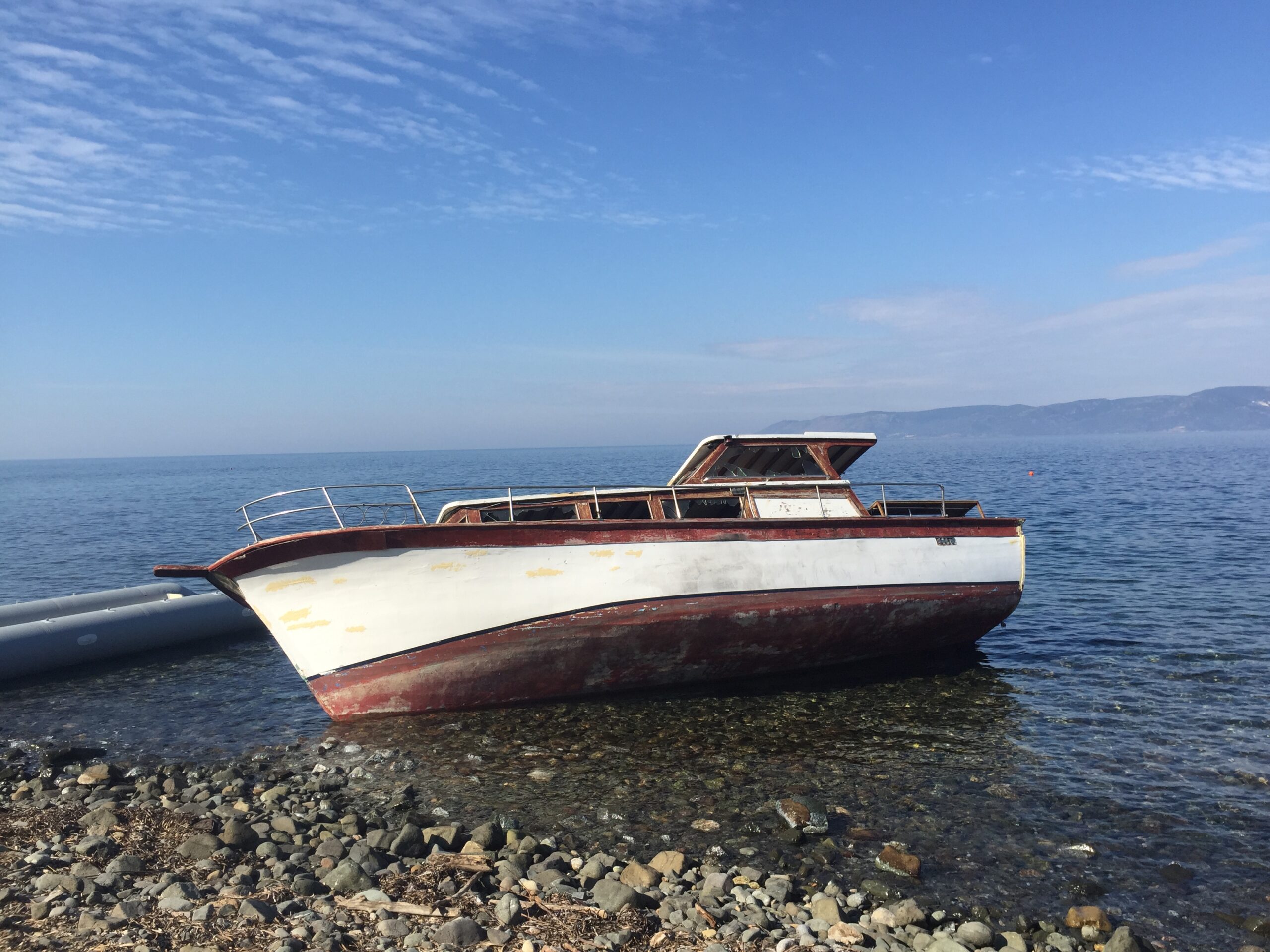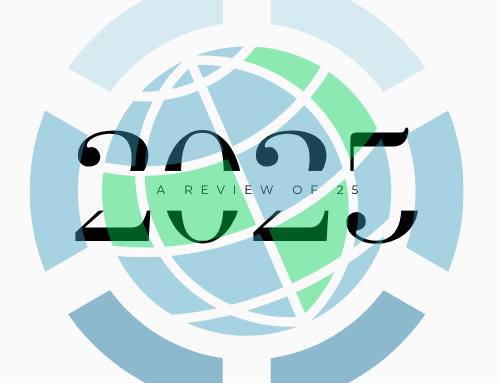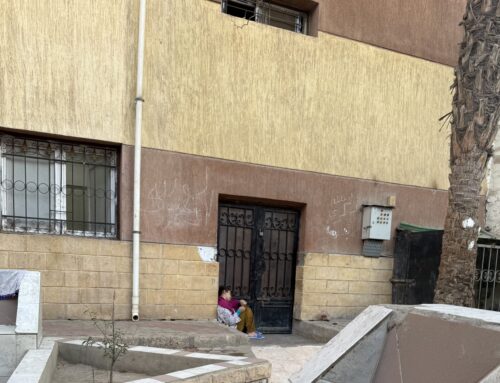
Sequestrated boats originally used for migrant smuggling, Southern Italy. Photo by Luigi Achilli.
European migration governance in Libya blurs the boundaries between legality and illegality, transforming migration from a system of mobility into one of containment, exploitation, and immobilization. This essay traces how containment economies take shape on the ground and how migrants navigate shifting terrains of violence, governance, and survival within the framework of externalization—the European Union’s strategy of outsourcing migration control to transit countries like Libya, thereby shifting both the physical and legal boundaries of European border enforcement beyond its territorial limits.
In recent years, the European Union has significantly reoriented its migration strategy by externalizing border control to countries like Libya, a key transit hub for migrants seeking to reach Europe. Between 2014 and 2020 alone, the EU allocated over €700 million to Libya through various initiatives, including training and equipping the Libyan Coast Guard and Navy (LCGN) to intercept migrant boats attempting Mediterranean crossings (Philips 2024). While officially framed as humanitarian rescue and irregular migration deterrence, these measures profoundly altered Libya’s political economy. Libya’s dynamic mobility market—a flourishing economy built around facilitating migrant transit through smuggling networks and transportation services—increasingly shifted towards a containment economy, where immobilizing migrant populations became a source of profit for local actors. The influx of European funds empowered militias and criminal groups who adapted to the anti-smuggling agenda, co-opting externalization efforts to entrench their roles as brokers of movement and immobility.
New economies of exploitation
On the ground, the consequences of this shift are stark. Lines between smuggling and trafficking are blurry, as a humanitarian worker in Tripoli noted: “The same people who smuggle migrants one day might exploit them the next.” This phenomenon exemplifies how new economies of exploitation have taken root. Academic debates mirror these ambiguities. Some scholars depict Libyan criminal groups as highly structured networks, while others (including myself) emphasize their ad hoc and opportunistic character (Sanchez 2020).
Migrants, particularly from sub-Saharan Africa, frequently enter into exploitative labor arrangements to survive protracted stays in Libya. A man in his late teens from Nigeria explained, “We work not because we want to, but because there is no other way to survive.” Meanwhile, local actors such as employers who confiscate passports or underpay for harsh labor often perceive their actions as benevolent. As one Libyan activist observed, “They think they are helping—offering a job, a meal—not realizing they are part of the exploitation chain.” Either way, the convergence of EU externalization policies and Libya’s fragmented governance has fostered a vibrant economy rooted in migrant containment and exploitation, reshaping local social and economic relations.
Understanding the Libyan case requires attention not only to the legal production of illegality—where state policies criminalize certain forms of migration—but also to its inverse: the illegal production of legality (Achilli 2024). In the Libyan context, the latter does not involve creating new legal norms or systems, but rather sustaining and enacting existing frameworks by bypassing their inherent contradictions. Libya exemplifies Aihwa Ong’s notion of “graduated sovereignty,” a space where state-like functions are outsourced to informal actors under exceptional conditions. Ong shows how sovereignty is differently allocated across zones where the normal rule of state law is suspended—like special administrative regions and free trade zones—to meet strategic objectives. Similarly, Europe’s externalization strategy delegates migration control to non-state groups in Libya. Just as Ong describes certain zones being subject to distinct governance due to their global market roles, the EU and its member states rely on a stratified system of border management, where specific zones and routes are governed by criminal actors in a state of diminished if not altogether absent rule of law. This subcontracting enables EU member states to achieve deterrence and containment goals while simultaneously distancing themselves from the legal and moral consequences of abuses.
Threat of containment
Against this backdrop, detention centers—facilities scattered across Libya ranging from official government-run centers to informal warehouses and private compounds—have emerged as pivotal infrastructures of containment. These detention centers operate as direct instruments of externalization: when the EU-funded Libyan Coast Guard intercepts migrant boats at sea, or when Libyan security forces apprehend migrants crossing the desert or already present in the country, these individuals are often funneled into this network of detention facilities rather than being allowed to continue their journeys or seek asylum.
Governed by a mix of authorities, militias, and criminal groups, detention centers operate with impunity, exploiting migrant bodies through extortion, forced labor, and prolonged captivity. Personal testimonies capture the lived violence of this system. Ibrahim, a young Moroccan migrant, recounted how his journey, once filled with aspirations, devolved into repeated cycles of detention and exploitation. Each failed crossing attempt led to renewed captivity, with rising ransom demands and deteriorating conditions. His experience is far from isolated; rather, it encapsulates how containment economies feed off migrant desperation and resilience.
Yet detention represents only a fragment of the broader migrant experience in Libya. According to informal estimates, of the roughly 700,000 migrants present in the country in 2023, most resided in urban areas rather than in detention centers. Nonetheless, the threat of detention and the circulation of violent stories produce a climate of fear that profoundly shapes migrant decision-making (De Genova 2002). Many migrants I interviewed during my research referred to the route into Europe via Libya as al-tariq al-mawt (“the death road”) due to its high risks and fatality rate. Tales of kidnapping, torture, and death circulating among migrant communities serve as powerful deterrents, dissuading many from attempting the Libyan route at all. This deterrence operates not through formal policies alone but through the everyday experiences of violence and the stories migrants carry and share.
The transition from a smuggling-based economy towards one rooted in immobilization and exploitation has fundamentally reshaped migration flows. Many migrants are now stuck indefinitely in Libya, caught in cycles of informal labor and vulnerability, while others seek increasingly dangerous alternative routes, such as the perilous Atlantic crossing from West Africa to the Canary Islands, the Eastern Mediterranean route through Turkey, or overland routes through Tunisia and other Maghreb countries. However, when examined over a longer time horizon, the data reveal a more complex picture. Recent increases in crossings via the Central Mediterranean route suggest that externalization policies may temporarily disrupt migratory trajectories but do not eliminate the underlying drivers of migration, nor offer sustainable solutions to mobility pressures. In the short term, however, externalization measures give the impression of stemming migration flows: departures from Libya sharply declined following the 2017 Memorandum of Understanding between Italy and Libya, and by 2021, more than half of those who attempted the crossing were forcibly returned to Libyan territory.
Outsourcing immobility
The Libyan experience underscores how Europe’s migration policies are not merely implemented through formal agreements or distant infrastructures, but take shape through everyday practices of violence, negotiation, and exploitation. By tracing how externalization fosters containment economies rooted in criminal governance, this analysis reveals that the management of mobility increasingly relies on informal, fragmented sovereignties that generate cascading forms of outsourcing. What appears as the control of migration flows in the short-term masks deeper structural processes that reproduce insecurity, precariousness, and inequality across migration corridors in the Global South.
References
Achilli, Luigi. 2024. “The Missing Link: The Role of Criminal Groups in Migration Governance.” Journal of Ethnic and Migration Studies 1–22.
De Genova, Nicholas. 2002. “Migrant ‘Illegality’ and Deportability in Everyday Life.” Annual Review of Anthropology 31 (1): 419–47.
Ong, Aihwa. 2006. Neoliberalism as Exception: Mutations in Citizenship and Sovereignty. Duke University Press.
Philips, Romain. 2024. “EU signs controversial migration agreements in Africa.” InfoMigrants.
Sanchez, Gabriella. 2020. “Migrant Smuggling in the Libyan Context: Re-Examining the Evidence.” In Migration in West and North Africa and across the Mediterranean: Trends, Risks, Development and Governance, edited by Philippe Fargues and Marzia Rango. Berlin: International Organization for Migration Global Migration Data Analysis Centre (GMDAC)
Luigi Achilli is a senior researcher at the European University Institute in Florence and the Christian Michelsen Institute in Bergen. His work focuses on irregular migration, transnational crime, and migration governance, and he is the Principal Investigator of the ERC-funded project UNDERGOV – The Underworlds of Transnational Governance.
Cite as: Achilli, Luigi. 2025. “Criminal Governance at Europe’s Externalized Frontier”. In “Bordering and the War on Migration”, edited by Simone Reumert, Wendy Vogt, and Charlie Piot, American Ethnologist website, 23 September 2025. [https://americanethnologist.org/online-content/criminal-governance-at-europes-externalized-frontier-by-luigi-achilli/]
This piece was edited by American Ethnological Society Digital Content Editor Kathryn E. Goldfarb (kathryn.goldfarb@colorado.edu).




